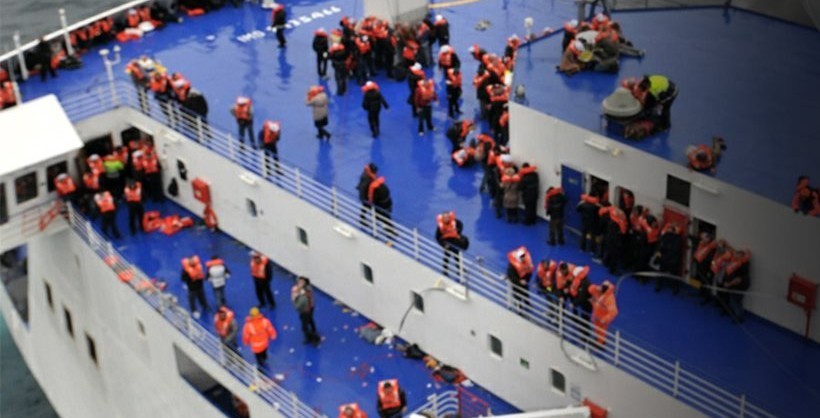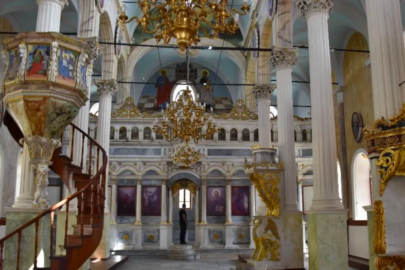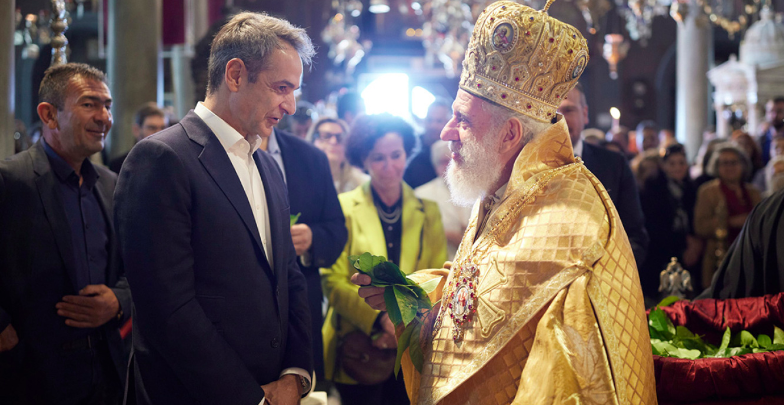Italian accusations that the Norman Atlantic ferry had not been adequately checked before departing from the Greek port were proved wrong following the publication of two documents late on Friday showing that all the necessary checks had taken place prior to the ferry’s departure for the Patras-Igoumenitsa-Ancona route. Licensed inspectors had seen the boat at the port of Piraeus. Furthermore, the ferry had also been evaluated as seaworthy by Spanish Authorities on June 15, 2014, and by Italian authorities on September 23, 2014, and November 12, 2014.
Greek authorities have clarified that the ferry had not stated the transport of any dangerous cargo.
The Ferry
The Norman Atlantic (IMO: 9435466) is an Italian-flagged ship whose construction had begun on December 19,2006, and finally had been completed by 2009.
Inspections
It had been checked by licensed inspectors at the port of Piraeus according to EC legislature 1999/35 for passenger ships prior to starting its voyages on the Patras-Igoumenitsa-Ancona route.
The same ship had undergone supervisions by Spanish authorities at the port of Gijon on June 15, 2004, and again by Italian authorities on September 23, 2014, and November 13, 2014, from the ports of Messina, Sicily, and the port of Salerno.
During the Greek checks on December 19,2014, there were six comments pinpointed of which two were immediately rectified prior to the end of the supervision, and the other four were agreed to be put in place within a fortnight according to the EC legislation 1999/35.
Comments that were rectified
A. A number of fireproof doors, including no. 112, did not close properly. The crew immediately got to work and rectified this problem prior to the completion of the evaluation at the Greek port.
B. A small leak from the ramp leading to the main car deck at the lower deck was noted. The crew immediately got to work and rectified this problem prior to the completion of the evaluation at the Greek port.
Four points that needed to be rectified in 14 days
A. The SAR Plan for search and rescue had not been approved by the Piraeus Hellenic Coast Guard. SAR Plans should not be linked to other arrangements to deal with dangerous situations. The ferry had 14 days in which to comply to the SAR Plan with the Hellenic Coast Guard’s request. The Italian Maritime Directorate of Ancona – the 7th Maritime Rescue sub-Center gave its approval for the SAR plan on December 22, 2014.
B. The International Convention of Maritime Safety provides for the use of portable rechargeable lights in some part of the engine. The ferry had a lack of supplementary emergency lighting on escape routes from machinery, and the ferry had to rectify this problem within 14 days. The main lighting and backup lighting, however, functioned normally.
C. Inspectors observed that there was inadequate labeling in accommodation spaces and labeling primary and secondary routes from the accommodation spaces to pools. The ferry was given a fortnight to rectify this problem.
D. Inspectors found that some passenger accommodation spaces needed to supplement existing signage leading to gathering stations on the ship with indications A and B.
Note
The Norman Atlantic had the ability to cover the transport of 499 passengers whereas the rescue appliances on the ship were to cover the needs of 880 occupants.



































